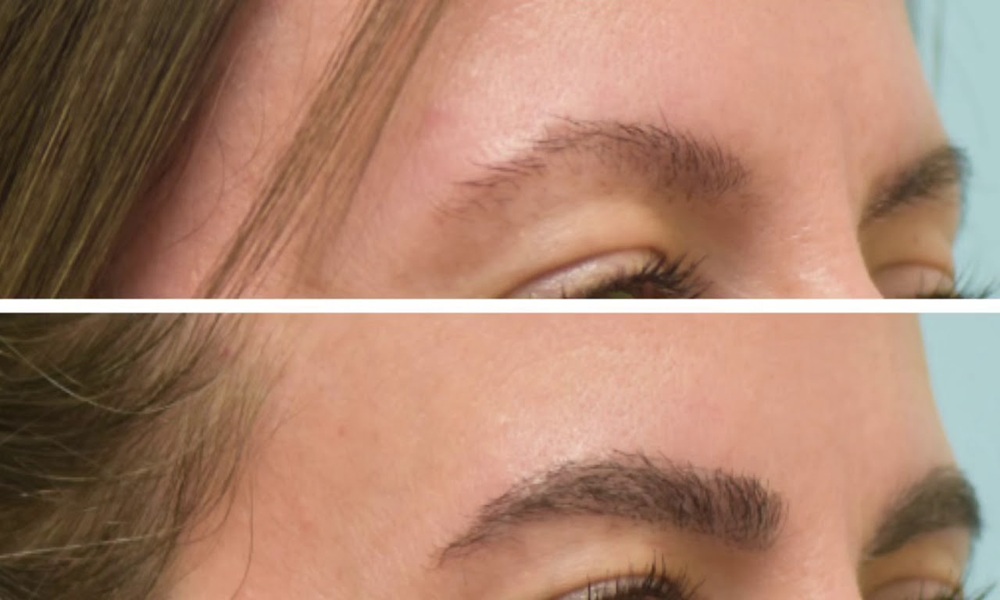Both beard and eyebrow transplants utilize the Follicular Unit Extraction (FUE) method, a sophisticated technique where individual hair follicles are carefully harvested from a donor area typically the back of the scalp due to its permanent hair growth characteristics and meticulously transplanted into the recipient facial areas. This advanced procedure begins with the surgeon using a specialized micro-punch tool measuring just 0.6-1.0mm in diameter to extract follicular units one by one, ensuring minimal trauma to the scalp and leaving only tiny, barely noticeable dots that fade significantly over time. The artistry of the procedure lies in the precise implantation, where each graft is placed at carefully calculated angles – typically 30-45 degrees for beard areas to match natural stubble patterns, and a more subtle 10-15 degrees for eyebrows to achieve that soft, natural arch.
What makes FUE particularly remarkable is its high success rate, with over 90% of transplanted follicles typically thriving when performed by an experienced surgeon under optimal sterile conditions. The entire process, which can take anywhere from 4 to 8 hours depending on the number of grafts needed, is performed under local anesthesia to ensure patient comfort throughout. Surgeons strategically select between single-hair and multi-hair grafts based on the treatment area – opting for single-hair follicles for the delicate eyebrow region to create fine, realistic hairs, while beard areas may receive 1-2 hair grafts to achieve appropriate density and texture.
FUE’s scar-free advantage makes it perfect for short hairstyles. Post-op care is simple but vital: use antibiotic ointments and avoid sweat/sun for 72 hours. Transplanted hairs shed in 2-4 weeks, then grow permanently at 1cm/month, delivering natural, confidence-boosting results.
Key Steps:
- Consultation: The surgeon assesses facial hair patterns and designs a shape tailored to your goals (e.g., a angular jawline beard or soft, arched brows).
- Harvesting: Follicles are extracted one by one under local anaesthesia.
- Implantation: Grafts are placed at precise angles to mimic natural growth (critical for realism).
- Recovery: Minimal downtime, with scabs shedding in 7–10 days.
Beard-Specific Nuances:
- Density matters: 500–2,500 grafts may be needed for full coverage.
- Direction is key: Hair must follow natural grain (e.g., downward on cheeks).
Eyebrow-Specific Nuances:
- Fewer grafts required: 200–500 per brow.
- Delicate placement: Hair is angled to lie flat, avoiding a “spiky” look.
Recovery & Results: What to Expect
- First 72 hours: Mild redness, swelling, and tiny scabs (avoid touching!).
- Week 2: Transplanted hairs shed (normal follicles remain dormant).
- Month 3–4: New growth begins, initially fine and sparse.
- Month 6–12: Full, natural-looking results emerge.
Pro Tip: Avoid shaving implanted areas for the first month; trim with scissors instead.
Who’s an Ideal Candidate?
- Healthy individuals with realistic expectations.
- Stable hair loss (not actively progressing).
- Adequate donor hair (scalp follicles must match facial hair texture).
Not ideal for: Those with uncontrolled alopecia or keloid scarring tendencies.
Beyond Aesthetics: The Psychological Impact
Studies show that facial hair transplants significantly boost self-esteem and social perception. For example:
- A full beard is often associated with maturity and dominance.
- Well-defined brows enhance facial expressions and symmetry, crucial for nonverbal communication.
Alternatives to Transplants
- Microblading: Semi-permanent tattooing for eyebrows (lasts 1–3 years).
- Minoxidil: May stimulate mild beard growth (but not for eyebrows).
- PRP Therapy: Can thicken existing hair but won’t create new follicles.
Final Verdict: Is It Worth It?
If you’ve struggled with sparse facial hair or brows, transplants offer a lifelong solution that looks and feels natural. The key? Research surgeons, review before/after galleries, and communicate your goals clearly.
Ready to redefine your frame? Book your consultations today.

